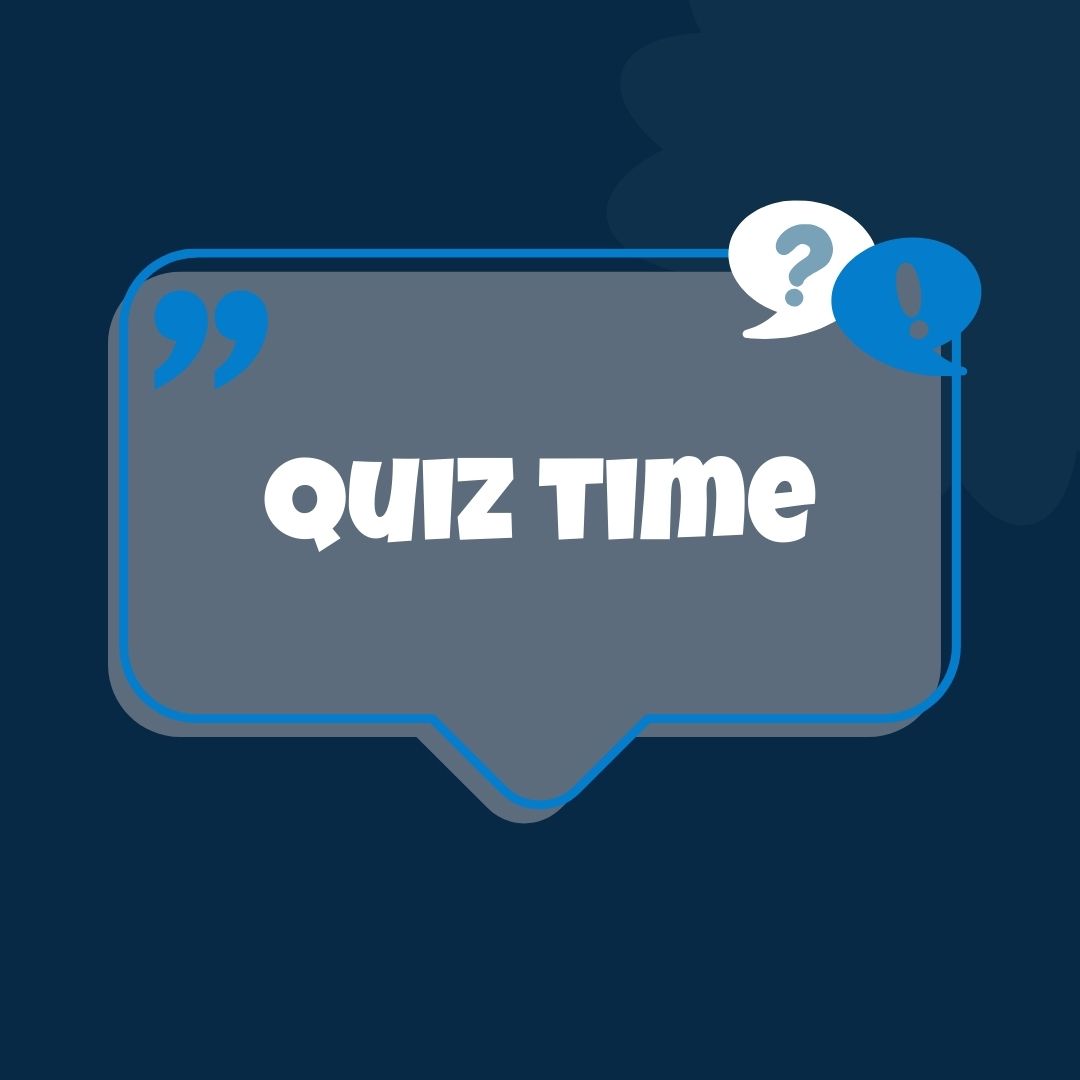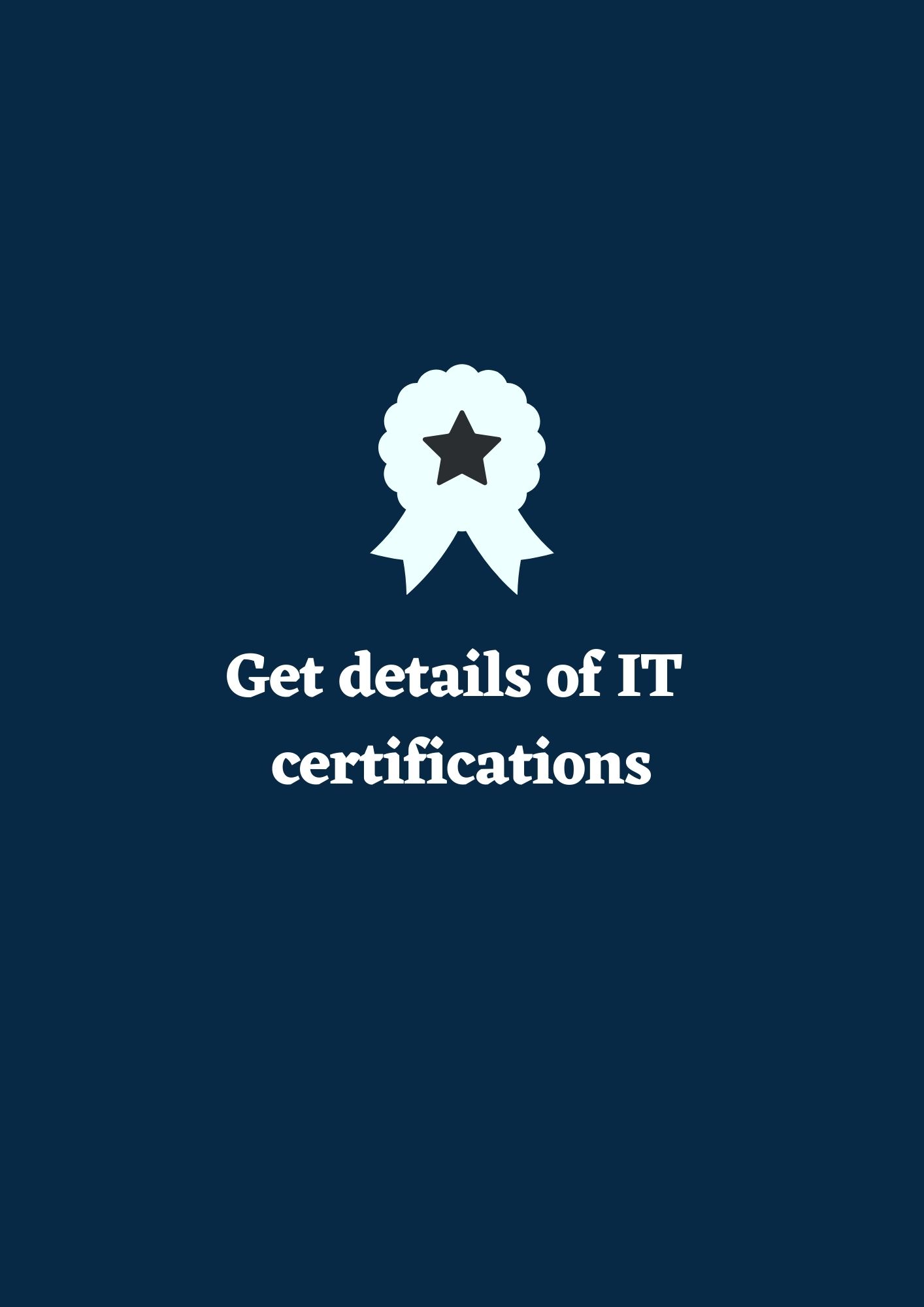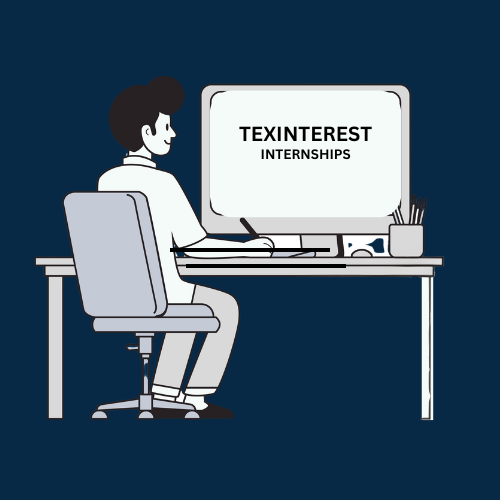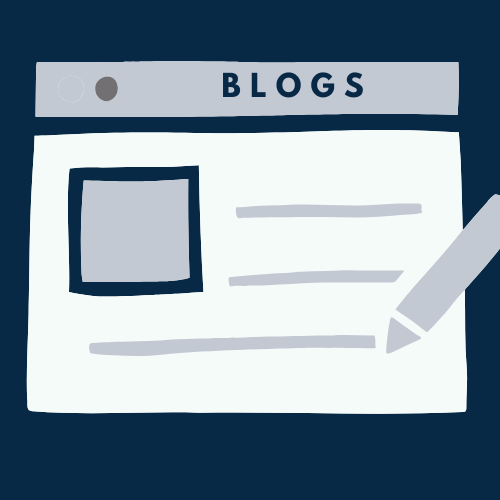Set Your Currency
 UNITED STATES UNITED STATES |
Set as Default |
 INDIA (Default Currency) INDIA (Default Currency) |
Set as Default |
 UNITED ARAB EMIRATES UNITED ARAB EMIRATES |
Set as Default |
 QATAR QATAR |
Set as Default |
Django is a free and high-level framework that is used to make common web applications fast and easy.. Django framework follows the MVT (Model View Template) software architectural pattern, which is a variation MVC (Model View Controller) architectural pattern.
Below are some important Django framework interview questions and answers curated by experts to help you with your next Django Developer interviews.
Django follows the MVC (Model View Template) design pattern. It consists of
| Django Framework | Flask Framework |
| Django has built-in templates, admin, and ORM | Flask requires a separate installation for Templates, Admin, and ORM |
| Django supports large projects | Flask is built for smaller projects |
| Django requires more time to learn. | Flask needs only a minimum of time to learn |
| Django does not support visual debugging. | Flask supports Visual Debug |
There are a lot of advantages to using Django as a web development Framework. Whether you are a fresher or an experienced developer, you should know the following advantages of the Django Framework.
Django Admin is an important tool in Django, and it is a command-line utility used for administrative tasks.
To get the list of available commands:
django-admin help-- command
To synchronize the database state:
django-admin migrate
To start the Python interactive interpreter:
django-admin shell
To create new migrations:
django-admin makemigrations
The following commands are used to connect the Django project to the MySQL Database:
python manage.py migrate
python manage.py makemigrations
python manage.py sqlmigrate
A Project is a collection of Apps. Whereas an App can be in any project and an App is a Web application that is created to do something.

Test your knowledge with interactive quizzes.

Prepare for interviews with curated question sets.

Ask your coding-related doubts and get answers.

Earn certifications to enhance your resume.

Hands-on projects to improve your skills.

Test your knowledge with interactive quizzes.

Prepare for interviews with curated question sets.

Add your technical blogs and read technical topics.

Earn certifications to enhance your resume.

Hands-on projects to improve your skills.